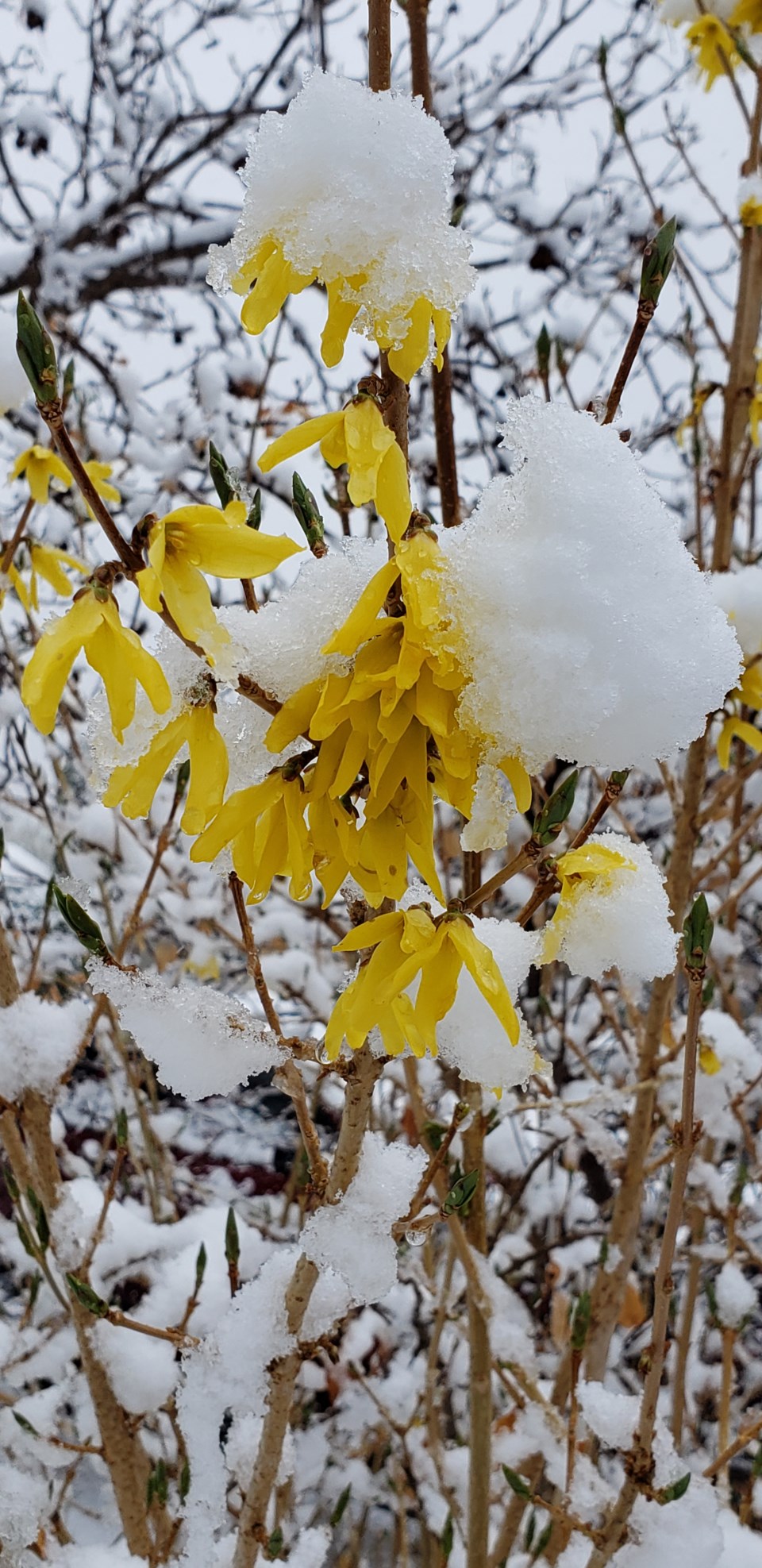From the perspective of us humanoids, we may not enjoy the mountains of snow to shovel from our driveways and walkways, being forced to stay at home due to impassable roads or worse yet get stuck while driving. However, from the perspective of the garden, snow is a wonderful thing.
Plants are heavily influenced by interactions with their surroundings and the environmental conditions of an area shape the length of the growing seasons and the hardiness zones. As plants are not mobile, they are restricted to using the resources in their area and to adapting to the various degrees of environmental harshness. Depending on where we live, the level of biotic and abiotic stress relates directly to our climatic conditions.
The annual distribution and duration of snow is of great importance as it influences the variety of herbaceous plants that can be grown that are considered perennial in nature. This of course in turn affects the growth and survival of herbivores and this effect continues up the food chain. Thus, the snow is of greater importance than just looking good as it plays a crucial role in maintaining healthy soils through the winter months.
Early winter snows act as a natural blanket, or insulator. The effectiveness of this insulative layer depends on the amount of snow that collects before the weather gets really cold. These early snows prevent heat from escaping into the atmosphere and by blocking cold air from moving into the soil. This is demonstrated very effectively where I live, as there was freezing rain that fell just prior to the heavy snowfall. The ample amount of shoveling to move the snow finally revealed that the sheer ice beneath the snow had become quite mushy. More importantly, the heat energy that is trapped by an early or heavy snow results in a thinner frost area in the ground which is truly a refuge for animal and plant life that call this upper topsoil level home. This in turn allows these soil organisms to continue to live during the winter months.
Furthermore, early snows or snow that falls when the air is warmer is a better insulator than snow that falls in the bitter cold of winter. Snow is an awesome insulator and if we get a heavy snow early in the winter season, the ground stays substantially warmer than it would otherwise. For example, if the air temperature is -14 and the ground has not yet frozen, under a foot of snow, the ground temperature would be -2 C. Just think of what we could grow if we received such a heavy snowfall every year prior to the ground freezing solid!
Another really important occurrence is that with little or no snow cover, soils are more exposed to the freeze-thaw cycles which can be very damaging to life in the soil and the plants in our gardens. This of course is due to the expansion factors that occur when water freezes. Bare soils are also defenceless, as they have no protection from wind, rain, and runoff while an early snowfall acts as an armour to protect soil from wind and water erosion.
So, the next time you are out shovelling, not only should we enjoy the ability to be able to do this regular winter chore, but take a moment to give some thought to the benefit of the snow as insulation. It blankets the crown of many plants that are more marginal and allow us to enjoy growing some herbaceous perennials that otherwise would not survive the cold winter temperatures.
Hanbidge is the lead horticulturist with Orchid Horticulture. Find us at www.orchidhort.com; by email at [email protected]; on facebook @orchidhort and on instagram at #orchidhort.
Tune into GROW Live, weekly on our Facebook page https://www.facebook.com/orchidhort or check out the Youtube channel GROW https://www.youtube.com/channel/UCzkiUpkvyv2e2HCQlFl0JyQ?




